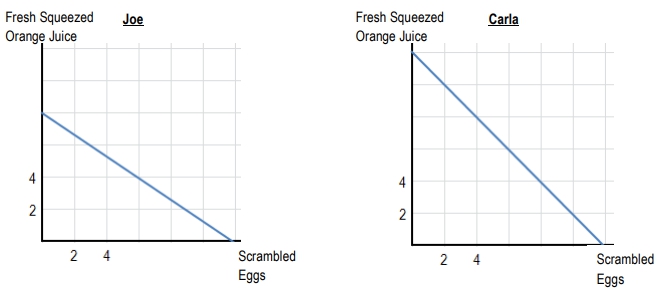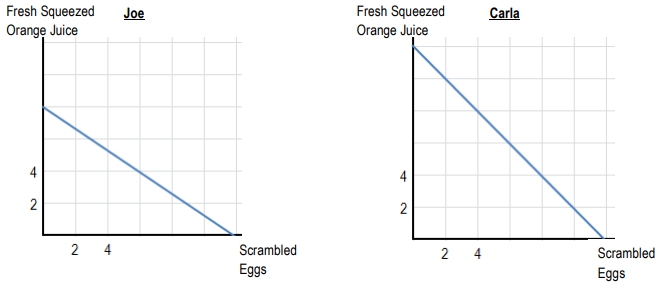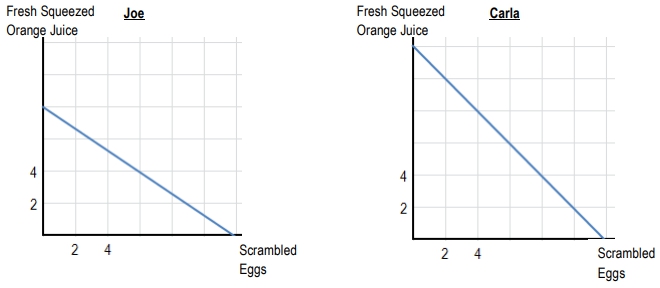Comparative advantage plays a crucial role in international trade by enabling economies to specialize in the production of goods for which they have a lower opportunity cost. Specialization means that a country or region focuses its resources on producing a limited variety of goods efficiently, rather than trying to produce everything on its own. For example, Iowa, with its flatlands, specializes in corn and soybeans, while California, with its sunny hills, specializes in grapes and wine. This geographic specialization allows each region to produce goods more efficiently and trade with others to obtain what they do not produce.
When countries or regions specialize based on comparative advantage, total production increases. Consider a simplified example involving Italy and Poland producing two types of dumplings: ravioli and pierogi. Initially, without trade or specialization, Italy produces 200 pierogi and 600 ravioli, while Poland produces 200 pierogi and 100 ravioli. Combined, they produce 400 pierogi and 700 ravioli.
By specializing according to their comparative advantages—Italy focusing solely on ravioli and Poland solely on pierogi—Italy increases its ravioli production to 900, and Poland produces 400 pierogi. The total ravioli production rises from 700 to 900, while pierogi production remains at 400. This increase in total output demonstrates the efficiency gains from specialization.
However, specialization alone is not enough, as both countries desire a variety of goods. Through trade, Italy and Poland can exchange 200 units of their respective goods. Italy receives 200 pierogi from Poland, and Poland receives 200 ravioli from Italy. This exchange allows both countries to consume more than they could produce individually, effectively expanding their consumption possibilities beyond their production possibilities frontiers (PPF).
This example highlights the fundamental economic principle that trade, driven by comparative advantage, enables countries to consume beyond their own production limits. The key formula underlying comparative advantage involves opportunity cost, which is the cost of forgoing the next best alternative when making a decision. By specializing in goods with the lowest opportunity cost, economies maximize efficiency and overall output.
In summary, comparative advantage fosters trade and specialization, leading to increased total production and expanded consumption possibilities. This principle explains why countries benefit from trading even when one country is more efficient at producing all goods, emphasizing the importance of focusing on relative efficiency rather than absolute efficiency.






